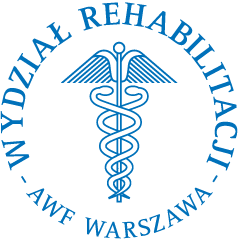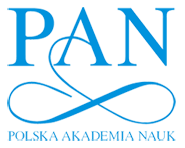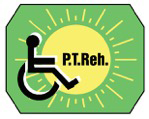


|
Current issue
Archive
Manuscripts accepted
About the journal
Editorial board
Reviewers
Abstracting and indexing
Contact
Instructions for authors
Publication charge
Ethical standards and procedures
Editorial System
Submit your Manuscript
|
2/2017
vol. 31 abstract:
Comparing the effectiveness of myofascial techniques with massage in persons with upper crossed syndrome (preliminary report)
Edyta Łukasik
,
Paweł Targosiński
,
Michał Szymański
,
Olga Letkiewicz-Ryłów
,
Piotr Styczeń
,
Michał Wychowański
Postępy Rehabilitacji (2), 53 – 67, 2017
Online publish date: 2017/10/17
View full text
Get citation
ENW EndNote
BIB JabRef, Mendeley
RIS Papers, Reference Manager, RefWorks, Zotero
AMA
APA
Chicago
Harvard
MLA
Vancouver
Introduction
Upper crossed syndrome is a postural syndrome, with myofascial and functional imbalance within the shoulder girdle and the cervical spine. The therapy usually includes myofascial techniques or massage. The aim of this work was to indicate which of these forms of therapy is more effective in terms of myofascial release. Material and methods The study group consisted of 18 individuals (12 females and 6 males) with upper crossed syndrome who were randomly assigned to one of the two groups. In group 1 (8 females, 1 male), rehabilitation protocol involved myofascial techniques, while in group 2 (4 females, 5 males), massage was performed. In both groups, the therapy consisted of five 30-minute daily sessions. Prior to the therapy, on the 1st and the 5th day of the therapy immediately after the intervention as well as 14 days after the therapy completion, suprasternale height was measured and the cervical spine mobility was examined. Results It was revealed that both forms of the therapy resulted in an increase in the range of motion of the cervical spine, particularly in the case of the right flexion and right rotation. Effects were still present two weeks after the therapy. After 5 days of rehabilitation, both forms of the therapy led to a significant increase in suprasternale height (p<0.05). Conclusions Both myofascial techniques and massage result in an increase in the cervical spine and chest mobility in the longitudinal dimension in persons with upper crossed syndrome. keywords:
posture, cervical pain, soft tissues, musculoskeletal manipulations, massage |
    |